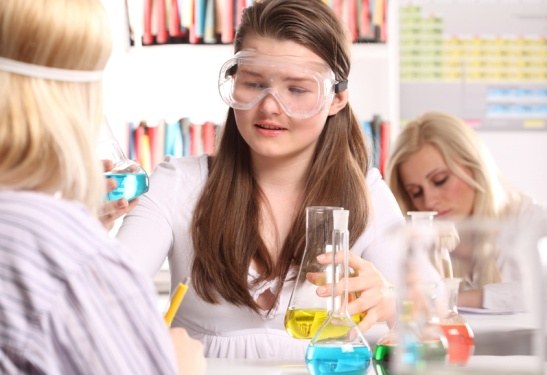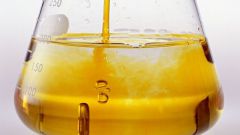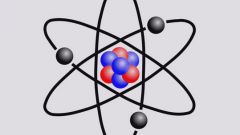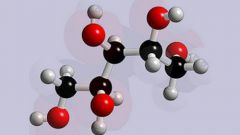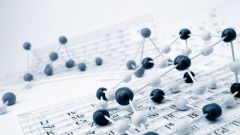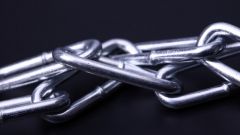Instruction
1
Take, for example, a substance formed by the reaction of the gold "Aqua Regia" – a mixture of three parts concentrated hydrochloric acid and one part concentrated nitric acid. The reaction proceeds according to the scheme: Au + 4HCl + HNO3 = H[Au(Cl)4] + NO + 2H2O.
2
The result is a complex compound – tetrachloraurate hydrogen. A complexing agent in it is an ion of gold, the ligands – chloride ions, outer sphere is the hydrogen ion. How do you determine the degree of oxidation of the elements in this complex compound?
3
First, determine which of the elements composing the molecule, the electronegative, i.e., who will compete for the total electron density. It certainly chlorine, as it is located in the upper right part of the periodic table, and electronegativity is second only to fluorine and oxygen. Therefore, its degree of oxidation will be with the sign "minus". What is the value of the degree of oxidation of the chlorine?
4
Chlorine, like all Halogens, is located in the 7th group of the periodic table, its outer electron level is 7 electrons. Dragging on this level is another electron, it will move in a stable position. Thus, its degree of oxidation is -1. And because this complex compound with four chlorine ions, the total charge will be equal to -4.
5
But the sum of the degrees of oxidation of the elements composing the molecules must be zero, since any molecule is electrically neutral. Thus, the negative charge of -4 must be balanced by a positive charge of +4 due to hydrogen and gold.
6
Since hydrogen is the first element of the periodic table and can contribute to the formation of a chemical bond of only one electron, its degree of oxidation equal to +1. Accordingly, in order to the total charge of molecule is zero, the gold ion must have a degree of oxidation of +3. The problem is solved.
